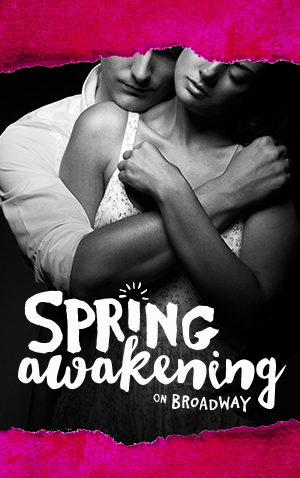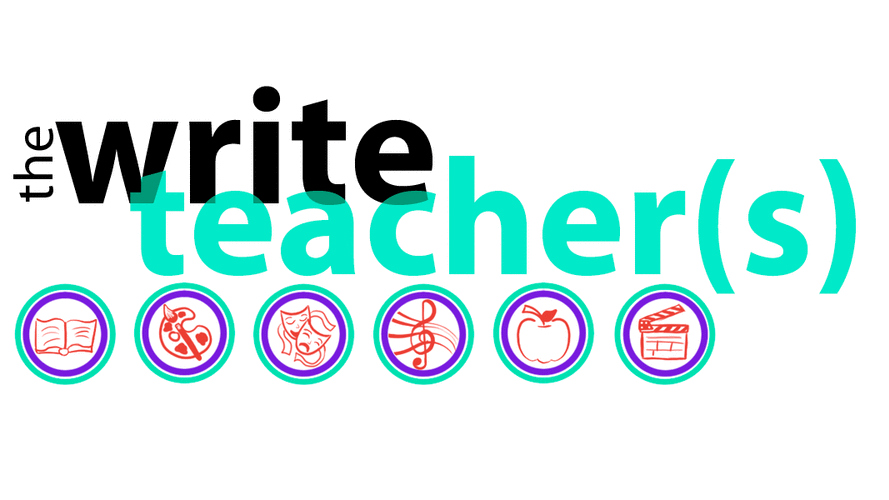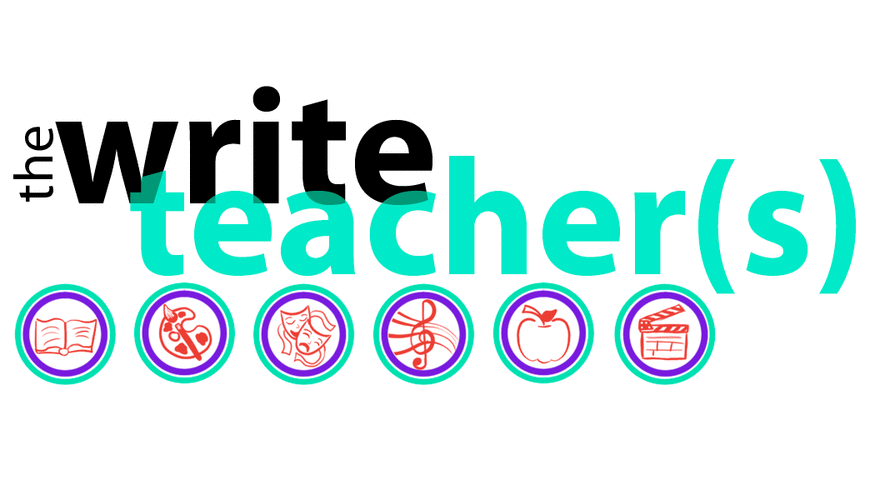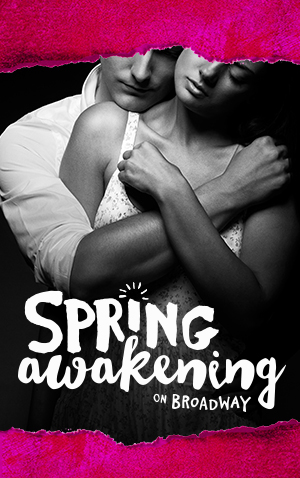Hello Beautiful People,
I believe, I believe, I believe,
Oh I believe.
There is love in HeavenI believe, I believe, I believe,
Oh I believe.
All will be forgiven.
When I was younger, I took dance classes. I practically lived at my dance studio. And, my dance teacher, Ro, happened to have a daughter whom was deaf.
It seemed sort of ironic, having a daughter who couldn’t hear music, and running a dance studio at the same time. But, Marissa was a beautiful dancer. She lit up the stage. And, every year, the finale of our recitals was a dance that incorporated sign language.
I know how to sign “Hero” by Mariah Carey.
….and I don’t think I’ll ever forget that as long as I live.
I took an interest in learning American Sign Language, taking classes from my dance teachers friends, and a learning enough to be able to babysit Marissa. And even with my basic understanding of ASL, it was still a little nerve-wracking to be babysitting a deaf child – how would we communicate? Would the silence be too much?
Silence.
It’s remarkable what can happen when we strip sound away.
It’s remarkable what can happen we have to communicate without the words that leave our lips.
It’s amazing what can happen when we cut out excess chatter — it’s amazing what’s revealed when we stop to listen.
. . .
Yesterday I went to see the revival of Spring Awakening on Broadway. This revival first wowed audiences at Deaf West Theatre in California, incorporating American Sign Language into the show. It was so good, that it made a Broadway transfer soon after.
I’ll admit, when I first heard of this, I was a little skeptical. Deaf actors? In a musical? How does that work exactly? Would it even be possible?
Possible? Absolutely.
For those of you who don’t know, Spring Awakening is a musical, based on the German play Spring Awakening (1891) by Frank Wedekind. Set in late-19th century Germany, the musical tells the story of teenagers discovering the inner and outer tumult of teenage sexuality. In the musical, alternative rock is employed as part of the folk-infused rock score, music by Duncan Sheik and a book and lyrics by Steven Sater.
This production is truly magnificent.
Michael Arden has given a new meaning to the phrase directorial vision. I was worried that the sign language would distract from the story, but it didn’t. It was fused with the music in such a way that it seemed perfectly natural for the actors to be signing – like this is always how the story was done. The movements of the sign language became choreography, aiding in the beauty of the whole evening.
And while I felt each and every moment was beautiful, but I think the ones that were my favorite had little to no audible words. The moment of Moritz’s death. Every single moment with Wendla. The silence was a character in this show, and a magnificent one at that.
It’s remarkable what can happen when we strip sound away.
It’s remarkable what can happen we have to communicate without the words that leave our lips.
It’s amazing what can happen when we cut out excess chatter — it’s amazing what’s revealed when we stop to listen.
One of the most remarkable things about this show, for me, was the audience. I happened to attend on an evening when there was a full house – and I can safely say I’ve never seen so many deaf patrons before. Watching the families enjoy the magic of Broadway was wonderful.
I also thought the amount of parents who took their teenagers to see this show was unbelievable – something I wish I happened more often. Here is a story that talks of sexual awakenings – and examines how the teenagers have no adults to turn to, so, to see parents taking the initiate and taking their children to this evening of theatre was sort of magical. For it’s the conversations that happen after they leave the theatre that will hopefully make them closer, bring answers to questions, and ease any fears.
There are 38 more performances left – and should you find yourself in New York City, I would urge you to see this play before it closes.
You won’t regret it.
Live, Love, Learn,


